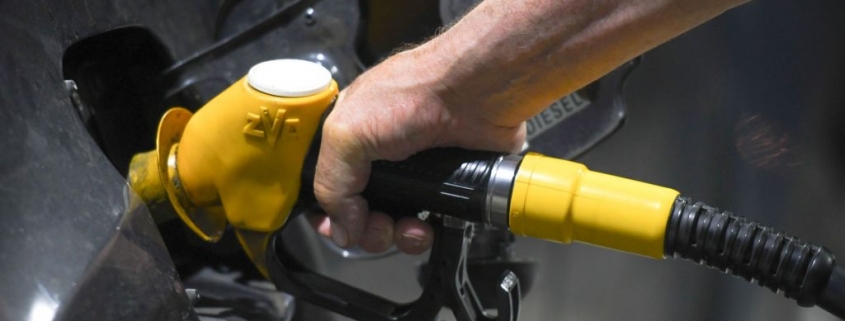How to Tell if Your Gas Tank Has Been Tampered With
Gas tank tampering is a real issue, especially when high fuel prices and gas mileage are affected. However, while some people might steal your gas, others might prefer to leave something behind. Angry exes, wronged employees, and pranksters of all kinds pour sugar into gas lines hoping the car’s engine explodes. Explosions rarely happen, but fuel filters and pumps will likely need repair if someone tampers with your gas tank. Here’s what to do when a passive-aggressive enemy or a bored teenager takes their issues out on your car’s gas tank.
Take a moment to check for gas tank tampering.
Most people only do a quick walk-around when they head out for a drive. If you park on a busy street or in a large parking lot, you might want to get into the habit of checking your vehicle before getting in. You can spot things like worn tires, broken taillights, dings, dents, and gas tank tampering.
Fuel caps are the first place to look. The area around the fuel cap might have sugar grains near it. You might also notice that the cap isn’t seated right and that there might be spills around the area of the cap or the ground. If you spot this, then you can avoid all kinds of fuel system issues.
Get your vehicle towed if you see evidence of tampering, sugar, or other materials around the fuel cap. Mechanics can remove your fuel tank, vacuum it out, remove all remnants of sugar and other contaminants, and then dry it out before reinstalling the tank. This is a best-case scenario. Sugar is removed before it gets the chance to hit your fuel system or engine components.
You may have dodged a bullet, but make replace your old fuel cap with a lockable cap to ensure you won’t have to go through the hassle and expense again.
Sniffing your gas tank is never a good idea.
You might be tempted to take a whiff of your fuel tank to see if any tampering has occurred. However, since gas fumes are overpowering, you probably won’t be able to detect any sugary odor. In fact, you might end up making yourself sick. There are better ways to determine if your fuel system has been compromised. The folks at It Still Runs suggest paying attention to the following:
- power surges
- stalling
- trouble starting the vehicle
For the most part, these issues are identical to any problem experienced by a car with fuel system damage. Sugar or other debris first gets caught in the gas filter. This causes the filter to clog, leading to power surges since the fuel cannot flow consistently into the engine.
Sugar that gets past the fuel filter can disrupt a fuel pump and fuel injectors. The main issue is clogging. Sugar melts and thickens as it heats up. This sludge can do more than block fuel. It can start damaging your fuel system to the point where parts need to be replaced.
It’s messy and expensive, but your engine still won’t explode. The sooner you notice and fix power surges and stalling, then the less money and repairs you will have to make in the long run.
Carburetor replacement is the worst-case scenario.
Air and fuel mix to create the magical mix that fires up your engine. Sugar in the mix leads to no mixture at all. When fuel is blocked and gunky, your carburetor can’t take in the air needed to power your engine. The absolute worst-case scenario is that you will need your carburetor rebuilt or replaced. This is still better than an exploding engine, but it can be expensive.
Remember to do a quick visual check of your vehicle if you are concerned about gas tank tampering. Even better, invest in a key lock fuel cap so that you won’t have to worry at all.
RELATED: Auto Academy: 5 Types of Car Maintenance You Can’t Afford to Skip
The post How to Tell if Your Gas Tank Has Been Tampered With appeared first on MotorBiscuit.







